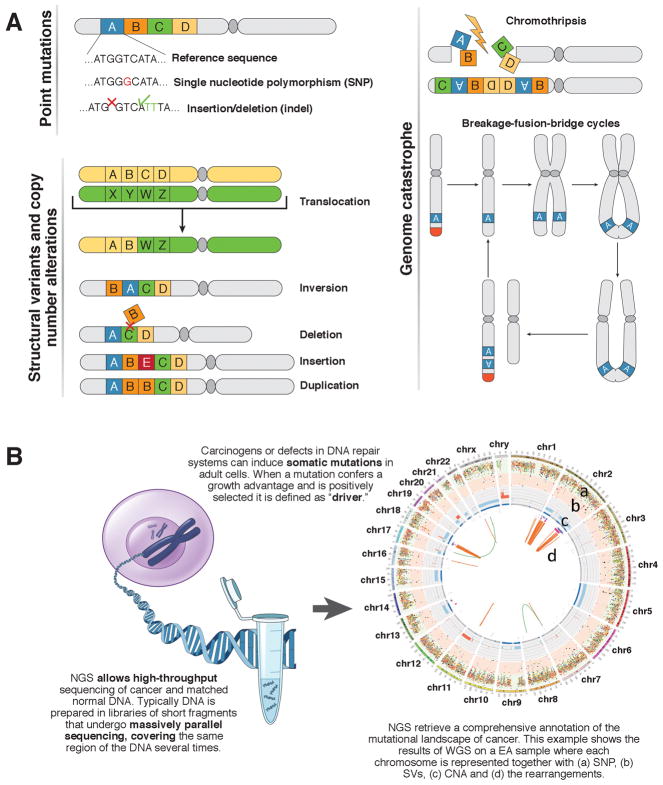Figure 1. Somatic mutations and next-generation sequencing of cancer.
A) Tumor tissues can have point mutations, structural variations, copy number alterations, and genome catastrophes. Possible mechanisms of mutation are shown in a chromosome (2 arms linked by a dark gray centromere); these can involve a large segment of genome (lettered rectangles) or single DNA base pairs. Structural variations can cause loss or gain of genetic material and result in copy number changes. Complex structural variations occur in regions of genome catastrophes such as chromothripsis and breakage fusion bridge cycles 100,101,103,115. In cycles of breakage fusion bridge, an unprotected DNA end is generated following the loss of the telomeres (red) or a double-strand break115. During anaphase the broken chromatids can fuse (anaphase bridge) and then tear unevenly when the 2 chromatids are pulled apart. This event can be repeated through several cycles, leading to amplification of oncogenes. B) Next-generation sequencing of DNA extracted from cancer cells can identify somatic mutations that arise during carcinogenesis.

